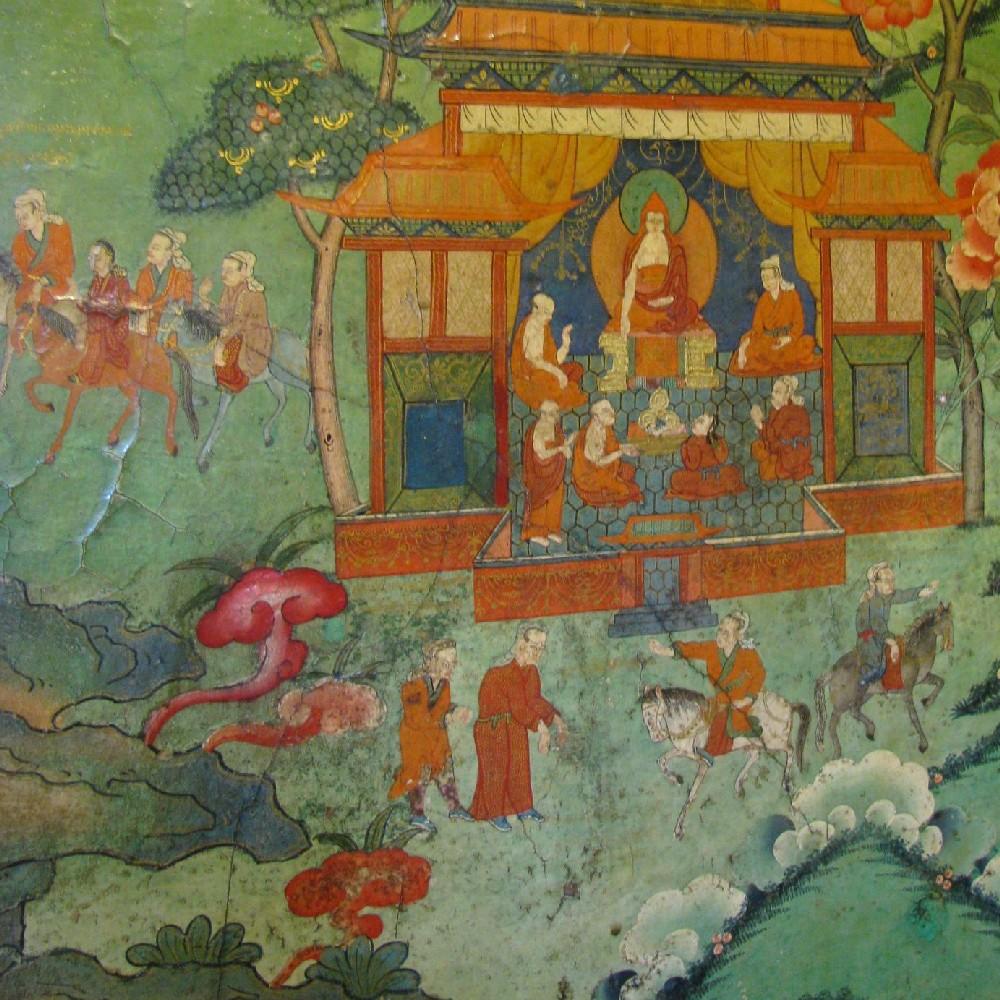A 600-year-old monastery in Southwest China's Tibet Autonomous Region has undergone a thorough restoration after four years of meticulous work. The same applies for all the murals inside.
Drepung is one of the three major monasteries of the Gelugpa, or Yellow Hat Sect of Tibetan Buddhism. It was built more than 600 years ago.
Over the years, it had fallen into disrepair - the basement was sinking and the supporting structure at the foundation was seriously deformed.
And so were the two walls of the wheel-turning corridor. The murals were cracked or hollowed out.
The huge cracks in the supporting walls also posed a threat.
Technicians from the Chinese Academy of Cultural Heritage used a high precision 3D scanner to map out everything on the walls, revealing all the details of the murals.

Technicians from the Chinese Academy of Cultural Heritage used a high precision 3D scanner to map out everything on the walls, revealing all the details of the murals.
"This part of the mural along the crack here used to peel off. We have made up for this part of the mural by using the original materials and processes," said Guo Hong, Chinese Academy of Cultural Heritage.
"We first patched up this cracked part and completed the designs on the sides to reveal the motifs in the middle part. That made it possible to restore the mural just like the original to the naked eye," said Ngawang Chozin, head, Drepung Monastery Management Committee.
The murals in Drepung Monastery played an important role as a bridge in the mural art of Tibetan Buddhism. They look simple, unadorned and lively.
They are also tinged with the features of the culture of the majority Han people. They serve as precious historical materials for studying the cultural exchanges between the Tibetan and Han peoples.















